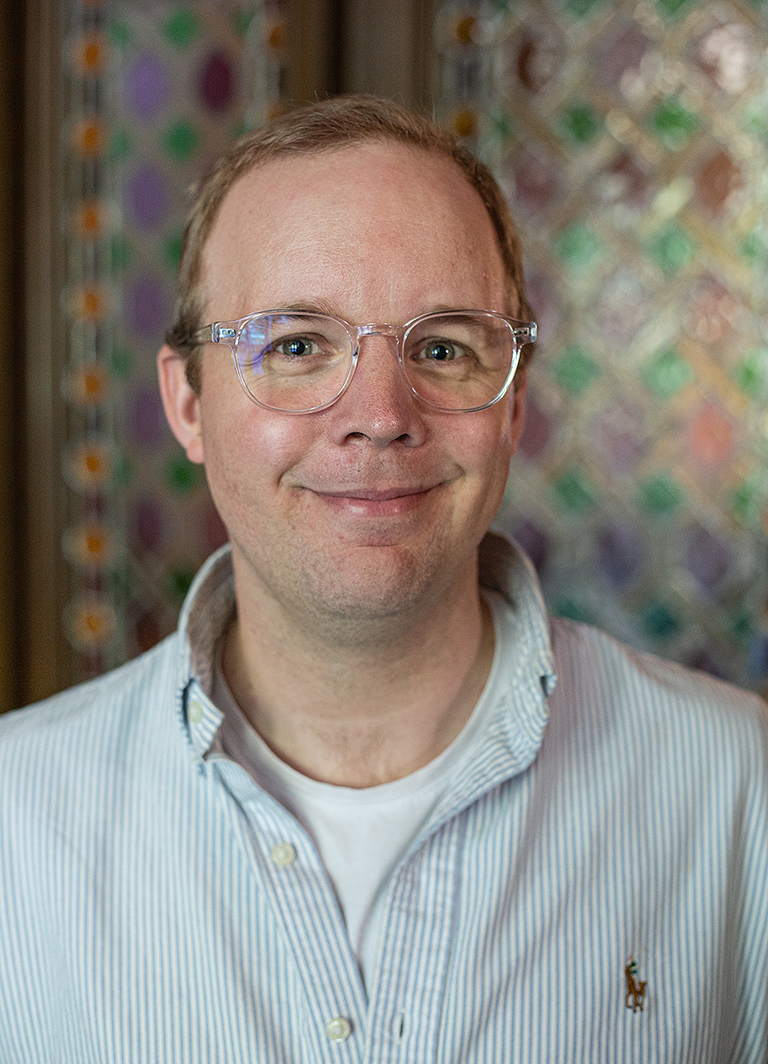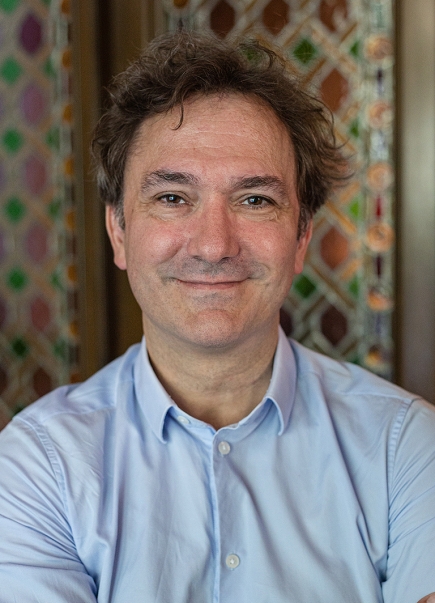Meet the Project: Signatures for Images
Kurusch Ebrahimi-Fard, Professor at the Department of Mathematical Sciences at the Norwegian University of Science and Technology (NTNU) and Fabian Nøst Harang, Professor in Mathematics at BI Norwegian Business, is co-leading the CAS project "Signatures for Images" this academic year. This unique initiative aims to build mathematical foundations for image classification, leveraging iterated-integrals signature in the context of rough paths theory. It’s a venture at the intersection of algebra, stochastic analysis, and geometry, involving experts in machine learning to explore real-world applications and investigate the statistical properties of image signatures.

A Confluence of Mathematical Expertise
"The primary aim of our project is to extend the mathematical foundations for studying signatures, a complex mathematical object based on iterated integrals, in the context of image analysis," explain the professors. They aim to apply this mathematical theory to address practical challenges associated with pattern recognition in images.
The interdisciplinary nature of the project is crucial. "The mathematical theory of signatures spans across multiple domains within modern mathematics," they note. “As a result, it can be explored from multiple mathematical angles, and it is through the exchange of different perspectives that novel ideas emerge.” To facilitate this exploration, Fabian and Kurusch have assembled an international team of experts with diverse mathematical backgrounds, spanning from the highly abstract to the intensely applied fields, all working together to deepen our understanding and advance the application of the theory of signatures in the context of image analysis.

Fruitful Collaborations and Experiences at CAS
Turning to the significance of the Center for Advanced Study (CAS) for their research, they express, “Through the support of CAS, we can dedicate an entire year to the exploration of novel concepts alongside a team of experts,” the professors share. This arrangement allows for in-depth discussions and exchanging ideas, while also granting the researchers the necessary time to delve deeply into fundamental research behaviors. “Furthermore,” they say, “the array of research projects present at CAS this year is rather intriguing, and it is quite stimulating to engage in discussions about our work with colleagues from diverse disciplines.”
“Our experience at CAS thus far has been nothing short of amazing,” the professors reflect. They successfully organized a week-long conference with numerous international participants, and presently, they are happy to host four long-term international guests who actively engage with them in discussions related to their project. Furthermore, a dedicated PhD student has joined them for the entire year. Most notably, they are actively initiating discussions with one of the other projects at CAS, aiming to explore promising avenues for future collaborations.
Exploring the Mathematical Foundations
The Signature for Images project differs from others in its focus not just on the practical application of signatures in images, but on establishing the essential mathematical underpinnings of the concept. “Up to this point, the concept of a signature for an image and the intricate mathematical structures associated with it have remained largely unexplored,” they explain. “In fact, our project is not solely focused on uncovering the practical aspects of signatures for images within applied machine learning challenges. Instead, our primary aim is to establish the essential mathematical underpinnings required to engage in meaningful discussions about signatures for images in the first place.”

Envisioning a Future in Image Analysis
The expected outcome of the project is to take an initial step towards a new method of analyzing images, videos, and higher-dimensional objects through the mathematical theory of signatures: “We are confident that the insights gained during our year at CAS will be critical towards future investigations in this direction. Moreover, our stay at CAS will stimulate future project proposals, which we hope to submit to the European Research Council as well as to the Norwegian Research Council,” they share.
Reflecting on the importance of fundamental research, they cite the historical example of Euler's solution to the "Seven Bridges of Königsberg," laying the groundwork for graph theory and modern topology: “We firmly believe that unfettered fundamental research lays the foundations of knowledge crucial to address future challenges. Although today's fundamental research may stem from researchers' curiosity, the enduring rewards of such exploration have consistently proven highly fruitful. A poignant example is the age-old example of the 'Seven Bridges of Königsberg,' an intriguing puzzle with seemingly no immediate practical applications. Yet, the mathematical solution presented by Leonhard Euler in 1736 not only resolved the puzzle but also established the mathematical grounds for graph theory and modern topology—fields that presently underpin the functioning of the internet and various other critical domains.”
It has been a great honour to have Fabian, Kurusch, and their research group at CAS this past semester. Their work has not only enriched the academic environment but also inspired further exploration and collaboration. We look forward to following their progress through the spring.